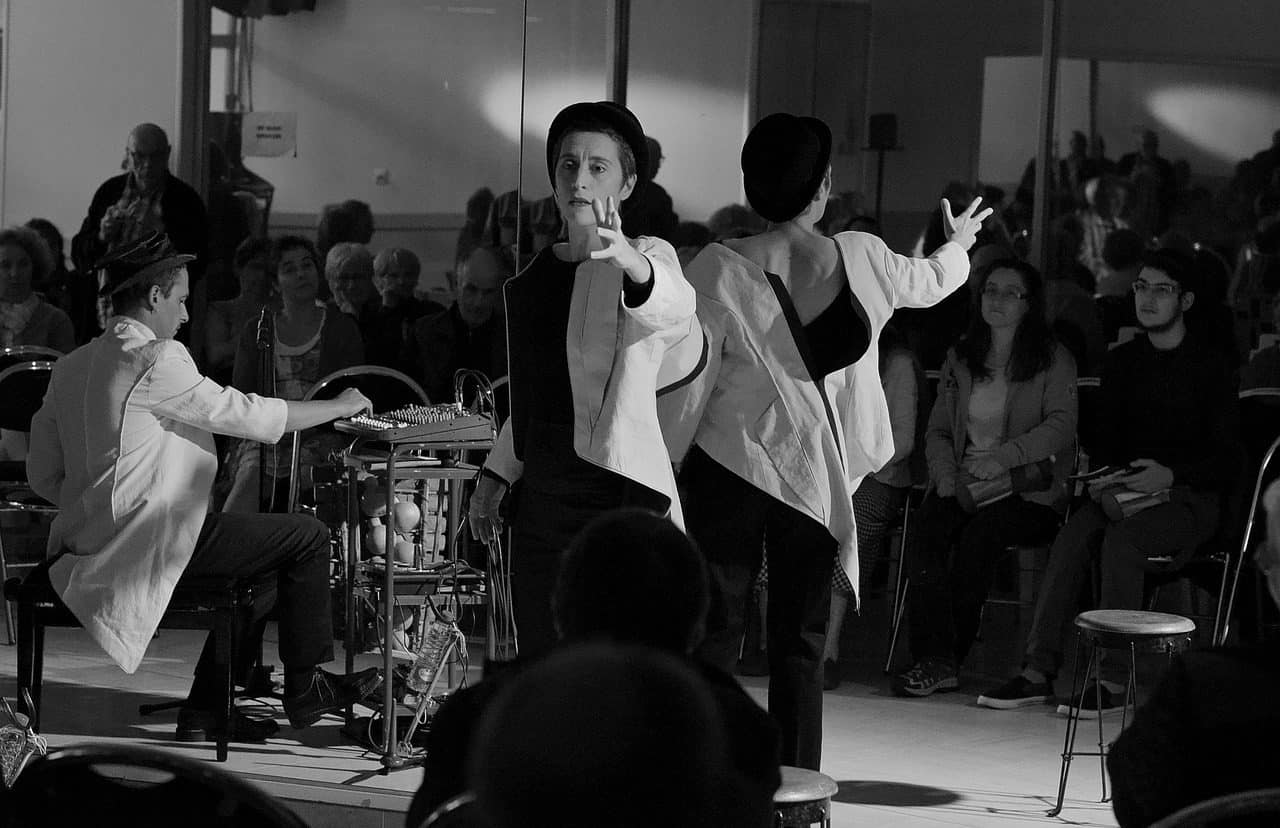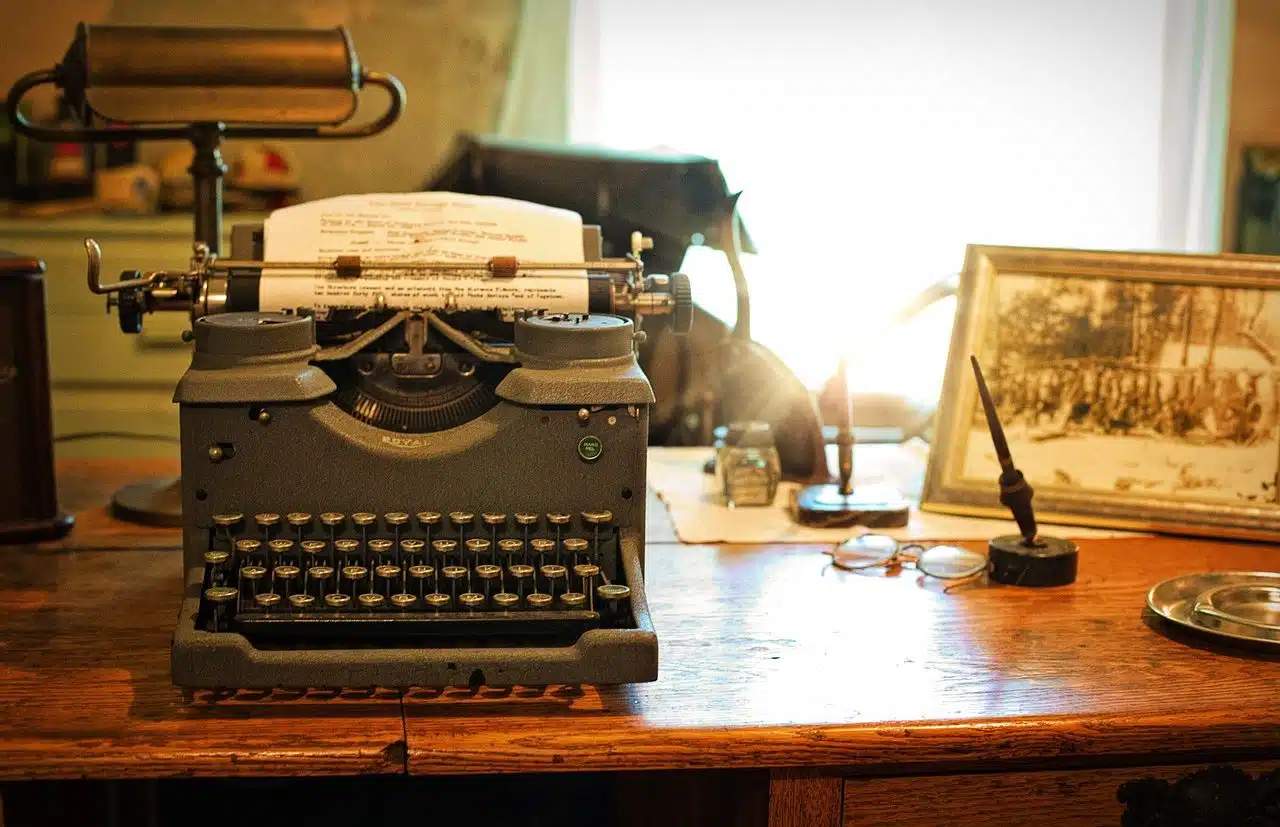
The narrator tells the story for the reader or viewer.
A narrator is the voice or entity that tells a story in a literary work or in other art forms, such as film, theater, or music. It is the instance that guides the reader or viewer through the plot, describing events, introducing characters and transmitting the perspective from which the story is seen.
The importance of the storyteller in literature and other art forms lies in their ability to shape and enrich the experience of the recipient. The narrator determines the point of view from which the story is presented: it can be in the first person, who participates in the story, or in the third person, who observes the events from the outside. This choice affects the way events are perceived and conveyed to the public.
The narrative style , including the choice of words and the tone used, influences the overall atmosphere of the work . A narrator can be objective and descriptive, or subjective and emotional, creating different effects on the reader or viewer. The narrator is the intermediary between the audience and the characters. Through his words, he can reveal the latter's inner thoughts, emotions, and motivations, thus building a deeper connection between the audience and the story.
The narrator has the power to control the temporal sequence and reveal information selectively. It can build suspense by withholding key details or providing flashbacks that enrich understanding of the plot. In short, he is a crucial figure that shapes the artistic experience by directing attention, setting the tone, and providing an interpretive framework. Their choice and style contribute significantly to the quality and depth of a literary or artistic work.
Types according to their participation
The protagonist narrator is a character within the story who tells the events from his or her own perspective. You often have limited knowledge of what is happening outside your own experience and can only share events in which you are directly involved. The narrative is infused with the subjectivity and feelings of the narrator, providing an intimate insight into his thoughts and emotions.
A witness narrator is a character who observes the events, but is not the main protagonist of the story. Although he does not actively participate in the central plot, he plays a crucial role in witnessing the events and sharing them with the reader. Like the protagonist, he may have limitations in his knowledge, since he can only relate what he has seen or heard.
The omniscient narrator possesses complete knowledge of all the characters' events, thoughts, and emotions. It has the ability to reveal both internal and external information, providing a complete view of the story. Omniscience allows for objective storytelling and the ability to explore multiple perspectives and story lines within a work.
The limited or focused narrator has restricted knowledge of the events of the story. The narrative is filtered through the perspective and consciousness of a specific character, meaning that only what the character knows or perceives is revealed. This type of narrator allows for a closer connection with the focal character, but also limits the overall vision of the plot, creating suspense and surprises for the reader.
Each type of narrator brings their own distinctive characteristics to a work, influencing the way the story is presented and how the reader connects with the characters and events. The choice of narrator type is a crucial decision for the author and has a significant impact on the reader's experience.

The omniscient narrator knows all the events, thoughts, and emotions of the characters.
Narrator reliability
The reliability of the narrator is a crucial concept in literature and refers to his credibility in telling the story, whose interpretation it directly influences. Determining it can have profound implications for the interpretation of the plot and the understanding of the characters.
There are two main categories in terms of narrator reliability:
-
reliable narrator
:
- one in which readers can trust the objectivity and accuracy of its narration;
- presents the story impartially and transparently, without distorting the facts or withholding relevant information;
- Its reliability provides stability and certainty to the reader, allowing them to trust the veracity of the events narrated.
-
unreliable narrator
:
- one whose narrative may be distorted, partial or biased in some way;
- you may be influenced by prejudices, hidden motivations or simply have a wrong perception of events;
- adds a layer of complexity to the story, challenging the reader to question the veracity of the events and interpret the plot more critically.
To determine the reliability of the narrator we can take into account:
- clues in the text : the choice of language, the description of characters and the presentation of events, can indicate the reliability of the narrator;
- consistency : in narrative and the alignment of events with the narrator's worldview are important indicators;
- character knowledge : understanding the psychology and motivations of the narrator can help evaluate their reliability;
- Contrast with other characters : Comparing the narrator's version with the perceptions and experiences of other characters can reveal discrepancies.
Regarding the consequences of narrator reliability , we can say that choosing a reliable narrator can provide clarity and certainty, but can sometimes result in a limited view of the story. It is also true that the unreliable can add complexity and depth to the plot, challenging the reader's perceptions and encouraging critical reflection. The revelation of the narrator's unreliability can be a surprising plot twist , generating suspense and questioning the reader's previous assumptions.
In short, the reliability of the narrator is a key narrative element that influences the interpretation of the story. The choice of a reliable or unreliable narrator affects the reader's experience, offering different perspectives and interpretive challenges.

Presenting past events by interrupting the chronological sequence of the story is known as a flashback .
Essential aspects
- Narrative tense : the way in which the temporal sequence of events in a narrative is structured and presented. It can be linear, where events unfold in chronological order, or non-linear, where techniques such as flashbacks or flashforwards are used to alter the temporal sequence and create specific effects in the story;
- Flashback : A narrative technique that interrupts the chronological sequence of the story to present events that occurred in the past. These flashback episodes offer the reader additional information about the characters or plot, adding depth and context to the main narrative;
- flashforward - shows events that will occur in the future of the story. This technique creates anticipation and suspense as it provides glimpses of what is to come. The use of flashforwards can generate intrigue and maintain the reader's interest throughout the narrative;
- in medias res : starting a story in the middle of the action, rather than following a linear chronological structure. This technique immerses the reader directly into the heart of the plot, revealing crucial information as the narrative progresses and immediately generating interest;
- narrative space : the physical environment in which the story takes place. The detailed description of the narrative space contributes to the setting and can affect the reader's mood and understanding of the events;
- setting and setting : the specific place where the events of the story take place, including elements such as geography, architecture, and physical setting;
- atmosphere : the tone or emotional atmosphere that permeates the setting. Word choice, lighting, weather, and other descriptive elements contribute to setting the mood, influencing the reader's experience.
The combination of these aspects of the narrator contributes to the construction of a rich and complex narrative, allowing the author to manipulate time, space and atmosphere to effectively convey the story.
